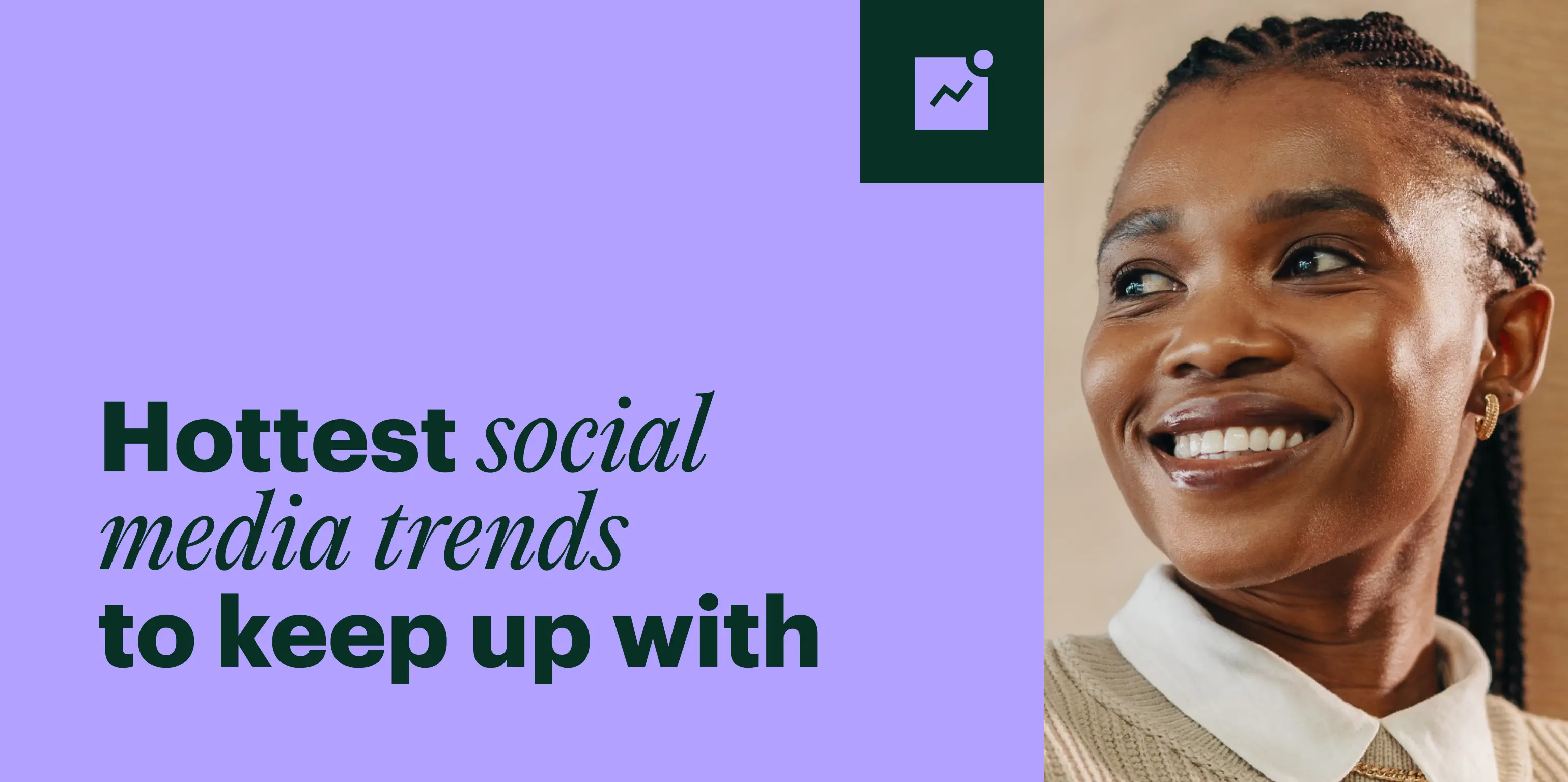Highlights
- Learn what today’s biggest social media trends are
- Short form video content vs long form – what makes sense?
- Why every marketing team needs to prioritize authenticity
- Personalized, dedicated landing pages can extend the life of your social media campaigns – learn how
When it comes to social media marketing, the one thing you can count on is change. Social media algorithms and best practices are constantly and quickly evolving, with new social media trends emerging every year.
If you want your brand to stay relevant you need to get comfortable experimenting with social media trends.
In this article, we will explore the latest social media trends that will help you make an impact in 2024.
10 of the latest social media trends to finish strong in 2024
When thinking about your social media marketing strategy, it’s helpful to take a look at what others are doing.
What does the social media presence of the most memorable brands look like? What is working and resonating with audiences and what is falling flat and not getting engagement?
Let’s take a look at of-the-moment social media trends that will reach your target audience, increase engagement, and get people interacting with your content.
1. Influencers are using product placement
Influencer marketing, involving both macro and micro influencers, has become an essential social media strategy in the last decade. The influencer and social commerce economy is strong and is likely to remain that way for years to come.
Especially on social media platforms like Instagram and TikTok, influencers are able to create opportunities for consumers to connect and engage with the brands and products that they like.
Brands are leveraging influencers to promote products through strategic placements within their content in hopes of connecting with their target audience on a personal level. In fact, it has been reported that
25% of all marketers use influencer marketing as a strategy to promote their products or services on social media channels, turning to influencers more than webinars and virtual events.
For example, beauty brands frequently collaborate with popular beauty influencers who integrate product placements seamlessly into their makeup tutorials (or GRWM videos). This approach not only demonstrates the product in use but also leverages the influencer’s trust and authenticity with their online communities, resulting in higher user engagement and conversion rates.

2. AI integrations are popular
AI generated content is touching all aspects of our lives and marketing strategies, and social media is no exception. AI will play a significant role in social media, especially when it comes to content creation, customer service, and optimization.
Artificial Intelligence can analyze vast amounts of data to identify trends, preferences, and behaviors; it’s an important marketing tool that enables brands to create targeted, personalized, and high quality content.
One notable example is the use of AI-powered chatbots for customer service. Brands like Sephora and H&M utilize chatbots on their social media platforms (like messenger app Kik) to handle customer inquiries, recommend products, and even complete transactions. This not only improves customer satisfaction by providing immediate assistance but also frees up human resources for more complex tasks.
Additionally, AI tools can help optimize posting schedules, predict trending topics, and even suggest social media posts based on blogs or other content.
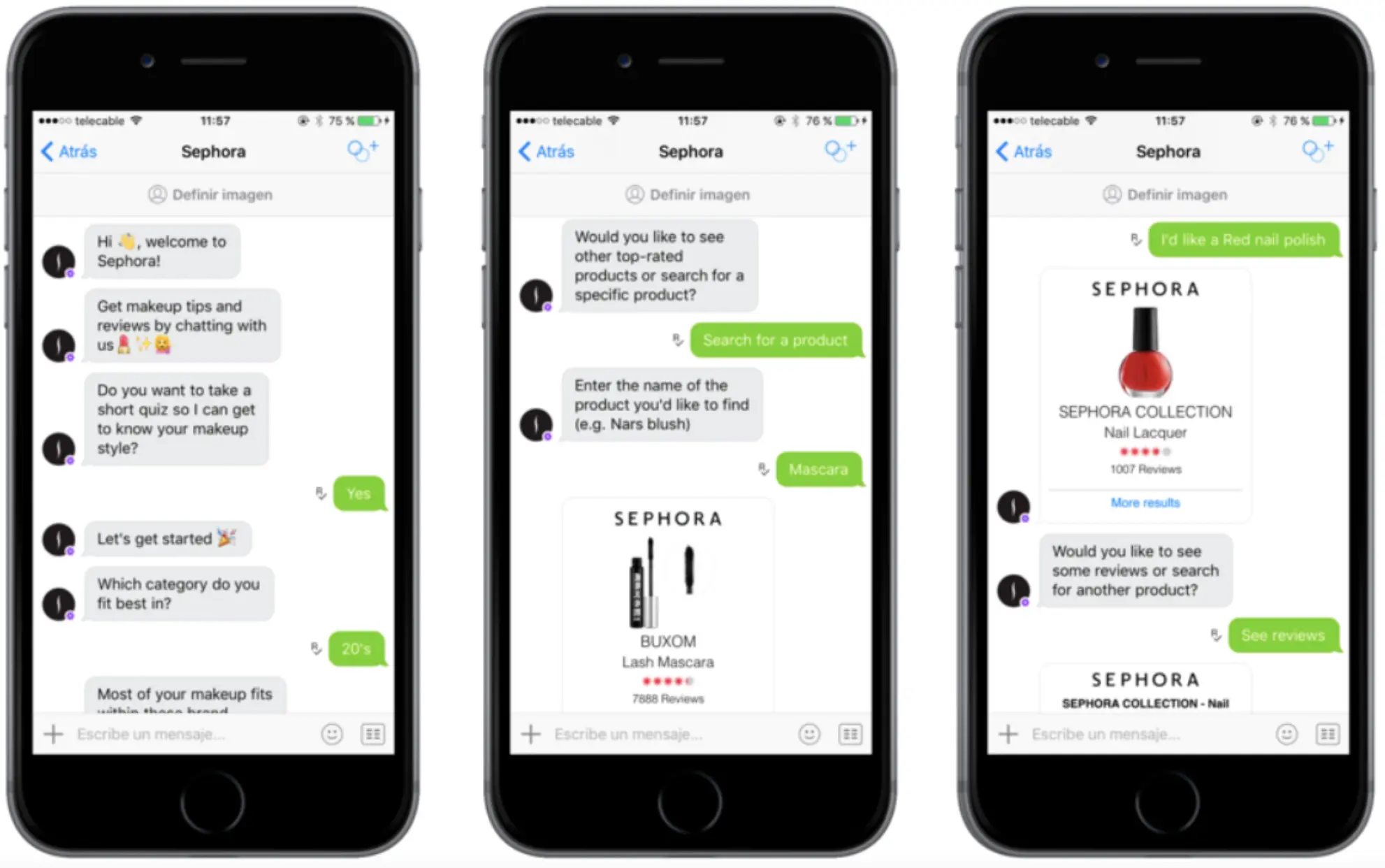
3. Non-linear storytelling is in
Non-linear storytelling techniques are becoming a go-to social media trend to engage audiences and create memorable content. Unlike traditional linear narratives, non-linear storytelling allows brands to present their stories in fragmented and interactive ways, encouraging users to piece together the narrative themselves.
Brands are creating multi-part stories (often presented as video content) on social media platforms like Instagram, Snapchat, and TikTok, giving users a “choose your own adventure” type of experience that can result in different paths or outcomes.
Brands like Nike have embraced non-linear storytelling by creating content that encourages user participation and sharing multiple different, but related assets on social media platforms.
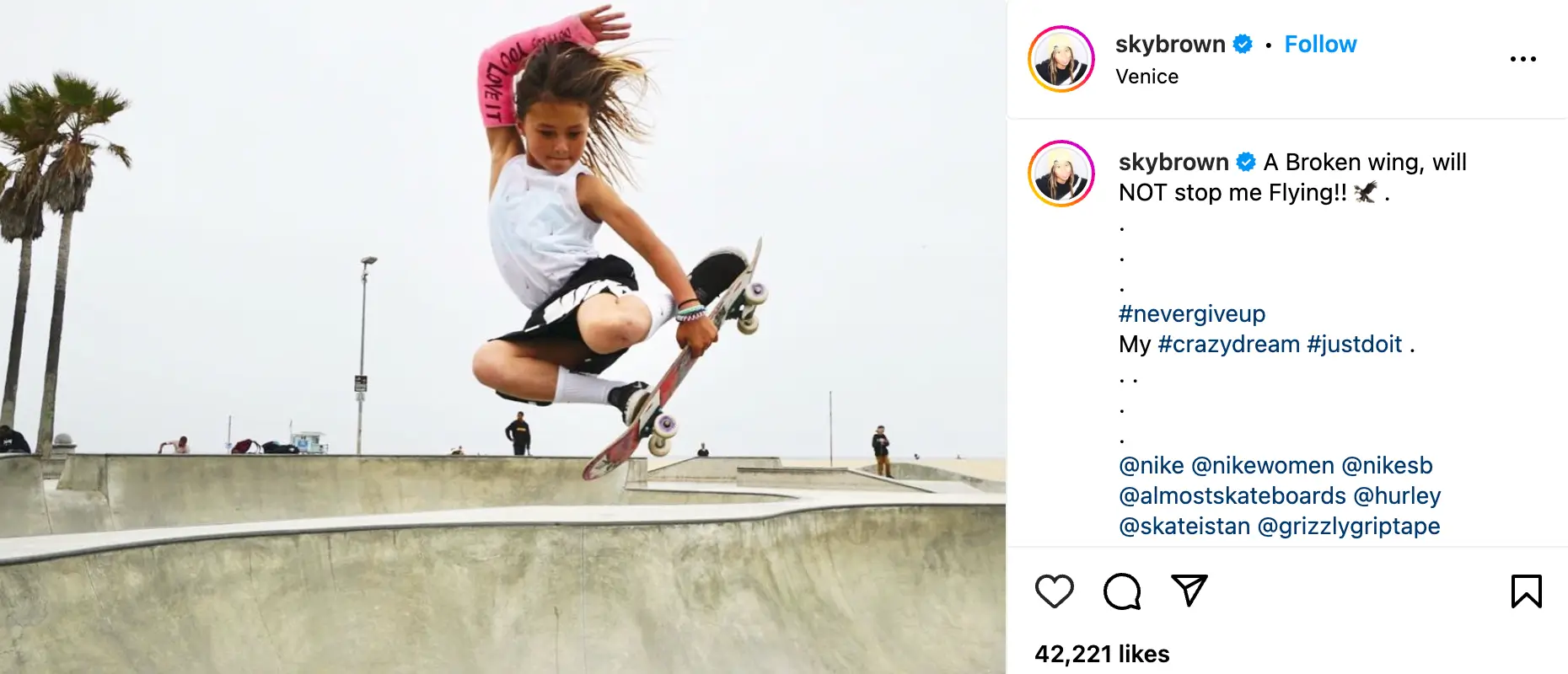
During their “Dream Crazier” campaign, Nike showcased well-known figures who have taken risks and broken molds and invited Instagram users and others to share their own stories of overcoming challenges, which were then featured across Nike’s social media channels, creating a rich tapestry of interconnected personal narratives.
This type of content strategy helps reinforce brand identity while also acting as a social listening tool to understand consumer behavior and sentiments towards your brand.

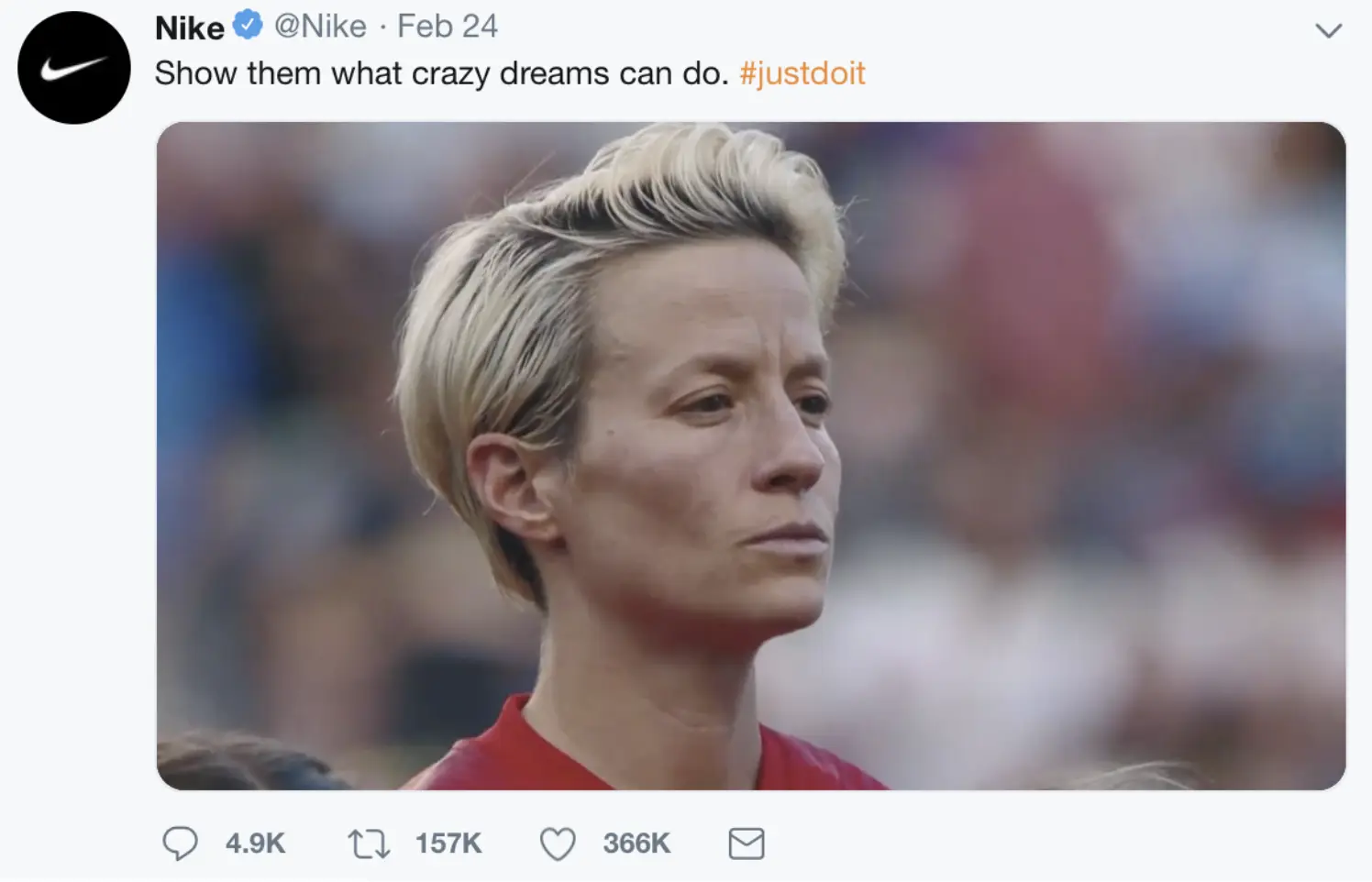
4. Long-form videos are a hit
TikTok has been pushing longer videos—first with one-minute videos, then 10, and now even starting to test 30-minute uploads.
Short form videos used to dominate social media platforms. This shift towards longer form content indicates that there is a growing appetite for more in-depth and substantial content on social media.
Long-form videos provide an opportunity for more brands to dive deeper into storytelling, education, and entertainment.
For example, fitness influencers on Instagram and TikTok have started sharing full-length workout routines and nutrition guides, providing immense value to their followers and establishing themselves as authoritative figures in their niche.

This social media trend is also evident on platforms like YouTube, where educational channels like “CrashCourse” and “TED-Ed” thrive on long-form content that explains complex topics in an engaging manner. For brands, embracing long-form video content can mean more meaningful engagement and a stronger connection with their social media communities.
5. YouTube is still in the race
Don’t disregard your YouTube channel. While the short-form vertical video is still popular, the world’s second-most-visited website, YouTube, is nowhere near getting out of the fight and should continue to be part of your marketing efforts.
ÝouTube still has the highest average visit duration (00:20:09) and one of the lowest bounce rates (22%).
YouTube’s strength lies in its vast library of diverse content and its role as a search engine for videos. It makes sense for brands to leverage YouTube to host longer, evergreen content that continues to attract views long after it’s posted. Tutorials, product reviews, and behind-the-scenes videos are particularly effective on this social media platform.

For instance, tech brands often use YouTube to publish detailed product reviews and comparisons. Marques Brownlee (MKBHD), a prominent tech influencer, collaborates with brands to showcase the latest gadgets in comprehensive videos, driving substantial traffic and interest.
6. SEO is important in social media, too
SEO is not just for your website and landing pages. Optimizing your posts with keywords is more important than ever if you want your content to get discovered on search engines and social media explore options.
Social media users are looking for personal takes and experiences, which can be found with TikTok storytelling, honest reviews on Reddit, and other social strategies on multiple platforms.
To capitalize on this trend, brands should focus on incorporating relevant keywords and hashtags into their social media posts. Tools like Google Trends and social media analytics platforms can help identify popular keywords and topics that resonate with your target audience and can boost customer interactions.
For example, a travel brand can optimize their Instagram posts with hashtags like #TravelTips, #HiddenGems, and #TravelHacks, increasing the chances of their content being discovered by users searching for travel-related information.
Additionally, creating SEO-friendly descriptions for YouTube videos can enhance your visibility in search results, attracting a broader audience.
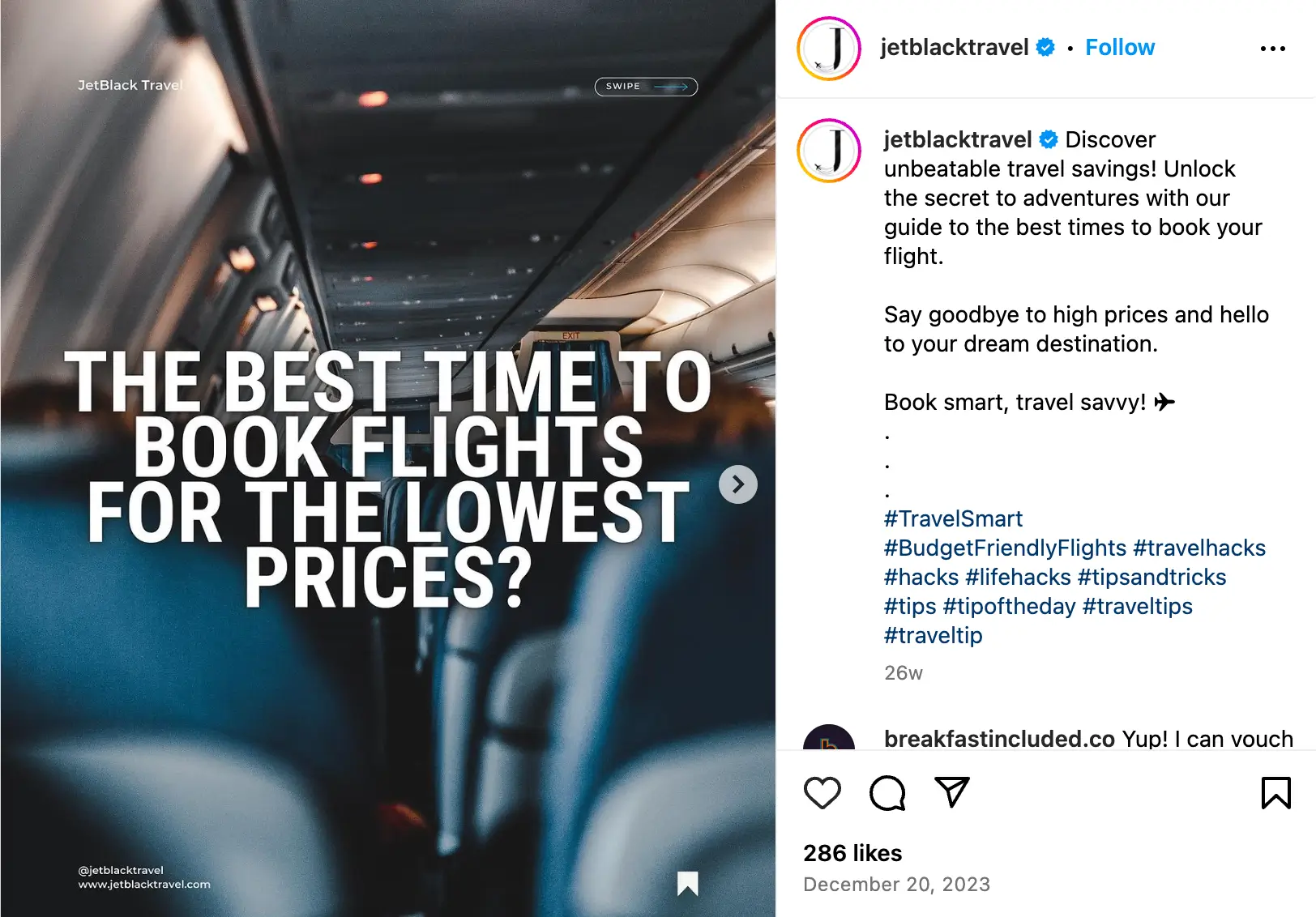
7. Behind-the-scenes content is all the rage
Social media communities search for authentic, unfiltered, and transparent content— behind-the-scenes content gives them just that. This trend allows brands to showcase the human side of their business, building trust and fostering a deeper connection with their target audience.
You can create behind-the-scenes content in multiple formats, forms, such as live streams, day-in-the-life videos, and sneak peeks of upcoming products. For example, fashion brands like Glossier often share behind-the-scenes footage of photo shoots, product development, and team activities, giving followers an insider look at the brand’s operations and culture.
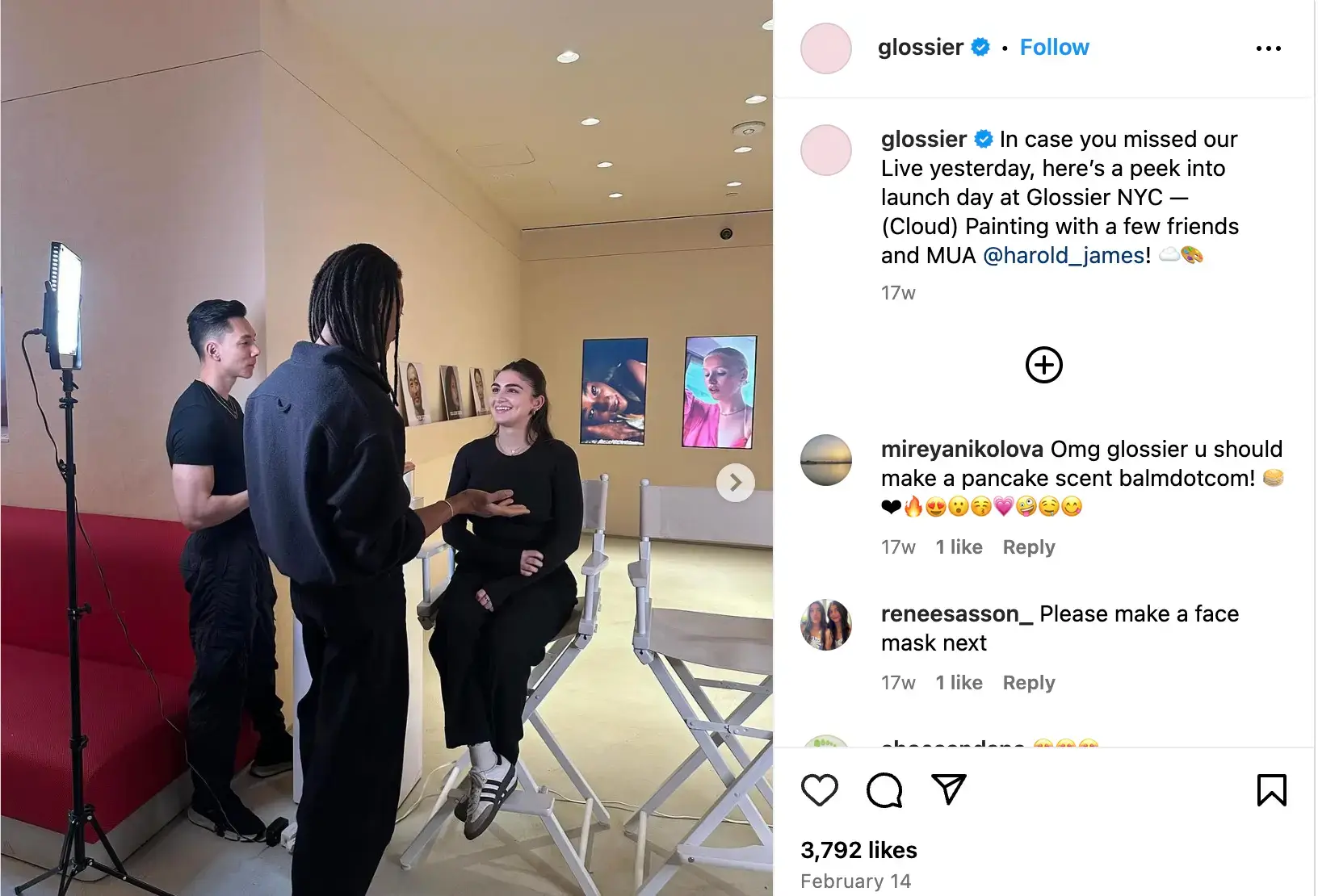
This approach not only humanizes the brand but also creates a sense of exclusivity and anticipation among followers. By revealing the process and effort behind their products, brands can use social media to build stronger relationships with their audience and encourage loyalty.
8. Authentic content is the new hero
Authenticity on social media is crucial for defining brand identity and building trust and connections with audiences. Brands featuring authentic voices, from influencers to employees, shine against those that don’t.
In an era where consumers are increasingly skeptical of polished, overly-produced content and social media feeds, authenticity stands out.
Brands can achieve authenticity by sharing user generated content, showcasing real customer testimonials, and encouraging employees to create content that shows their experiences.
For example, Patagonia, known for its commitment to environmental sustainability, often features stories from employees and customers who are passionate about protecting the planet. This not only reinforces the brand’s values but also creates a genuine connection with like-minded consumers.
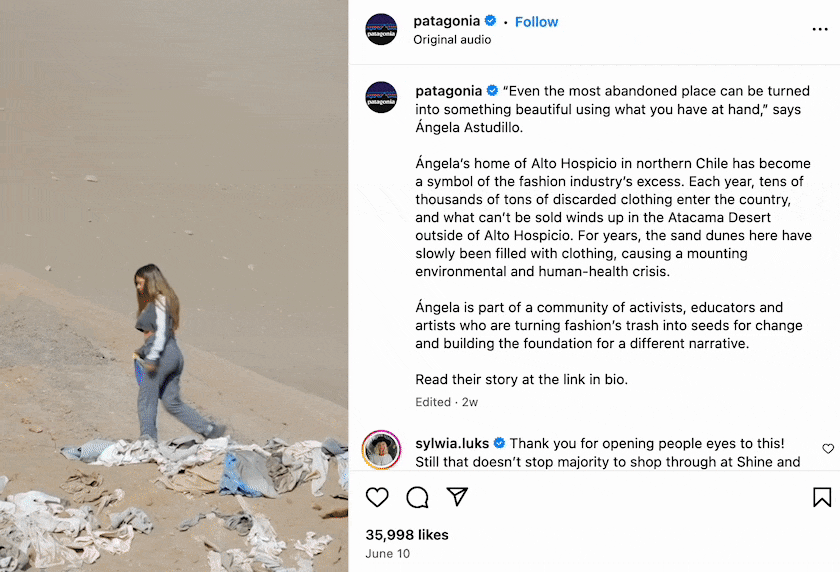
It’s important for brands to avoid overly scripted or staged content, as this screams “marketing” and discourages users from forming a true connection.
Instead, brands should focus on real, relatable moments that resonate with their audience’s everyday experiences and make for a more genuine social media feed. Authenticity in content helps build credibility and trust, which are essential for long-term brand loyalty.
9. Using playful content and pop-culture references gets you noticed
Experimenting with playful content on social media can make a brand more relatable and engaging. Brands that consistently find creative ways to tap into trending meme culture and pop-culture references often get noticed by many customers.
Brands should stay updated on the latest trends and cultural moments to effectively incorporate them into their social media content. Whether it’s participating in viral challenges, creating memes, or referencing popular TV shows and movies, playful content can capture attention and foster a sense of community among followers.

Wendy’s is famous for their playful and witty social media presence. The fast-food chain frequently engages with followers and other brands through humorous tweets, memes, and pop-culture references, creating a fun and approachable brand image.
This strategy not only entertains their audience but also encourages social sharing, increasing their reach, visibility, and engagement metrics.
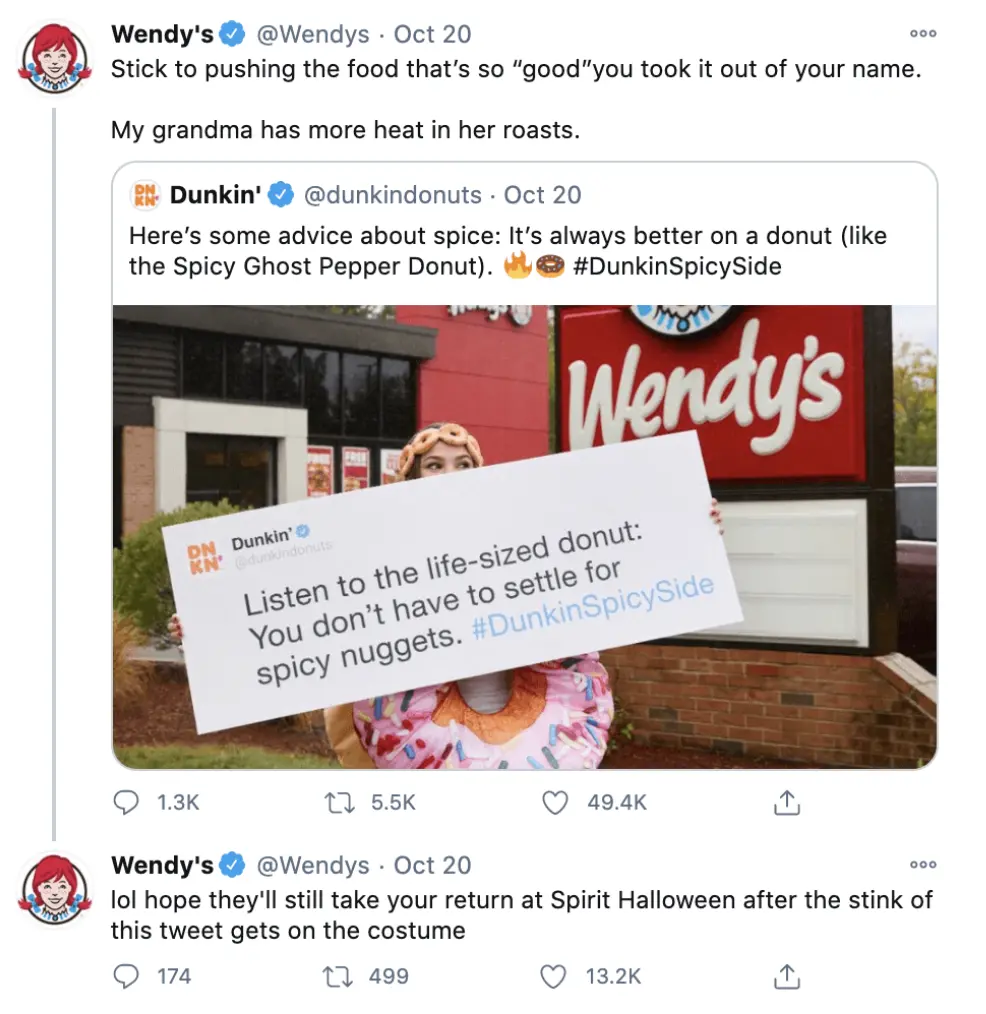
10. Social media users love quality over quantity
In the ever-expanding world of social media, it’s tempting to be present on every platform all the time. However, spreading yourself too thin can dilute the quality of your content and diminish your brand’s impact. In 2024, social media marketers should focus on quality over quantity.
Be more selective with social media platforms. If you can’t create authentic content on all major platforms, pick the few that work for you and stick with them. For instance, if your brand thrives on visual content, focus on social media platforms like Instagram and Pinterest. If you excel at creating video content, prioritize YouTube and TikTok.
Creating high-quality, engaging content tailored to the strengths of each platform will yield better results than trying to maintain a presence everywhere. For example, a fashion brand can focus on Instagram for visually appealing posts, TikTok for short, engaging videos, and YouTube for in-depth fashion tutorials and lookbooks.
Reinforce your social media strategy with conversion-optimized landing pages
Brands need to create impactful social media strategies that resonate with their audience and drive engagement in 2024 and beyond.
However, effective social media campaigns should only be one part of your marketing strategy. To reinforce your brand’s messaging and continue to nurture potential customers, personalized landing pages can go a long way.
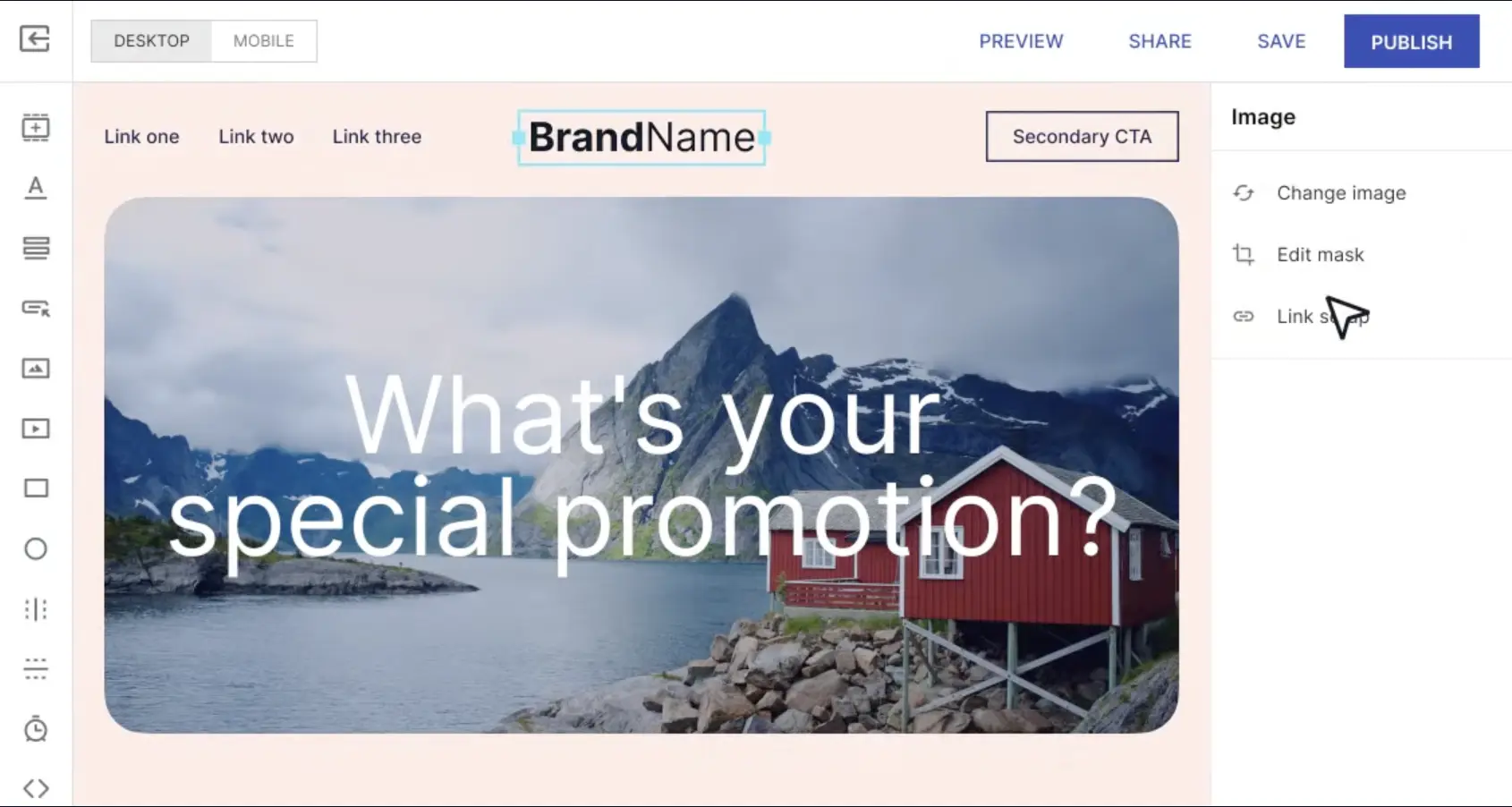
Branded, dedicated landing pages are a powerful way to continue the conversation that was started on social media and build more connections between users and your brand. Instapage is a leading, intuitive landing page builder that comes with:
- An easy to use drag-and-drop interface
- Built-in data analytics
- AI content generation to help with headlines, buttons, and more
- The ability to experiment and optimize via A/B testing
- Insights to match copy to visitor-level data like keywords, firmographics, and demographics, and more!
Extend the life and effectiveness of your social media campaigns with dedicated landing pages that increase conversions and create loyal customers.
Try Instapage for free for 14 days now.

See the Instapage Enterprise Plan in Action.
Demo includes AdMap™, Personalization, AMP,
Global Blocks, heatmaps & more.
